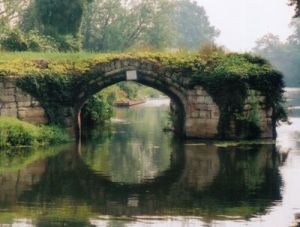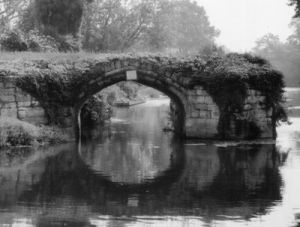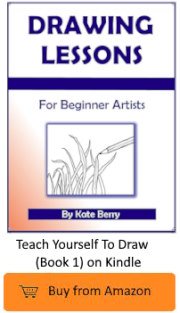Search for images or info
Drawing Critiques
I've found out there is a criteria to giving drawing critiques, huh, the things you learn!
Now I know that there's no such thing as bad criticism, providing it is backed up with good advice or suggestions.
My First Critique Experience
I used to be a member of the Drawsketch Forum before they announced its closure in October 2015. Anyway, back in the day, a few of us got together to show our individual interpretation of the same photo.
This is the picture that we decided to draw together and post our results so we could all compare.

Photo courtesy of ©Helen South / About.com
The first step is to convert the photo to grayscale which helps you to easily identify areas of light and shade plus tones (a forum member reminded me to do this) -

Photo courtesy of ©Helen South / About.com
Here is my first attempt at copying the photo. I used a 4B pencil, an eraser to pick out highlights and a cotton tip for blending.

Categories
Sketches
Instruction
Freebies
Other Areas
** Disclaimer: I receive a small commission if you buy via my links -- at no extra cost to you. **
The How To Sketch Guide
Here's a book that finally dispels the mystery of sketching!
... it only takes a little instruction
or guidance... Read more >>
I received the following advice from a lady named Starr:
'I think it turned out really well. I would like to see more really darks, with more contrast between the white of the paper and the dark of the overhanging greenery, reflected in the water. By finding the dark reflections, you will help the water to sparkle.'
(I thought that was a very constructive drawing critique and it didn't hurt me, not one bit! How cool is that?)
These images have been reduced and scanned, so some detail has been lost.
Here is attempt #2.

I tried to make the ivy darker by using a 9B pencil. I wasn't satisfied with that, so I used a charcoal pencil to pick out bits in the ivy and to darken the reflection in the water.
Can you see any difference? Do you agree that Starr's critique was valuable? If you answered 'yes', then I think you would be right!
I showed my family the amended version and they really liked it. Of course, they have always been supportive but I felt that they were a little bit impressed!
Learn How To Give Critiques
The Wrong Way
If you are asked to give a critique of artwork of any description, please refrain from immediately saying 'I don't like it.', even if that's your first impulse. It just isn't constructive and it would damage the spirit of the artist. There is absolutely no point in doing that.
Let's face it, we all thrive on encouragement. It doesn't hurt us to encourage others. You could positively change someone's life with just with a little push in the right direction.
The Right Way
You might say (for example): ''Try checking your illustration in the mirror because it's a great trick to help ensure proportion is correct.'' - Give this advice if something is skewed due to one side being a different width to the other. This type of advice is constructive and the artist may not be aware of that particular trick.
If there appears to be too much detail, you could offer that some forms only need to be suggested.
Analyze drawings, notice the use of technique, can you see what the artist is trying to portray? If you can't, ask questions. There's no reason why you can't learn from the artist, it works both ways.
Does the illustration contain enough expression? Is there enough content, or too much?
If there is only a tiny bit in the artwork that you do like, mention it and praise it up! Your words will have a huge, positive impact on that person.
If you can't find anything constructive to say, don't say anything. Just offer encouragement to keep practicing. That is all a budding artist needs - that little bit of encouragement.
How To Receive Drawing Critiques
No-one likes to get negative feedback and that includes us hobby artists. However, any feedback can be converted into useful feedback providing you (the artist)...
Ask questions!
- Why don't you like it?
- Is it the medium?
- Is it too bold?
- Is it the subject?
There could be several reasons why a person doesn't like your illustration but those reasons might not relate directly to your work. So, if they don't explain why they don't like it, it's your job to find out.
For example, you might like abstract whereas others don't. That's fine, it's what makes the world an interesting place. Accept those types of differences graciously and know that it's not really anything that you did wrong.
Don't be afraid to confront a negative critique and force yourself to ask the necessary questions. You should be able to find some constructive advice in there somewhere.
If a person can't provide anything worthwhile to offer you, you will know not to ask them in future. Sadly, there are some naysayers in the world and we just need to weed them out.
Now that you are armed with this information on how to give and receive a drawing critique, you should be able to face this daunting task with a positive outlook. I wish you well and I hope that this hobby will keep you company all the way through into your later years.
Click a link below to view a good variety of pencil tips:
* Allaboutdrawings.com is a participant in the Amazon Services LLC Associates Program, an affiliate advertising program designed to provide a means for sites to earn advertising fees by advertising and linking to Amazon.com.
Copyright © 2005 - 2025 www.allaboutdrawings.com. All rights reserved.







